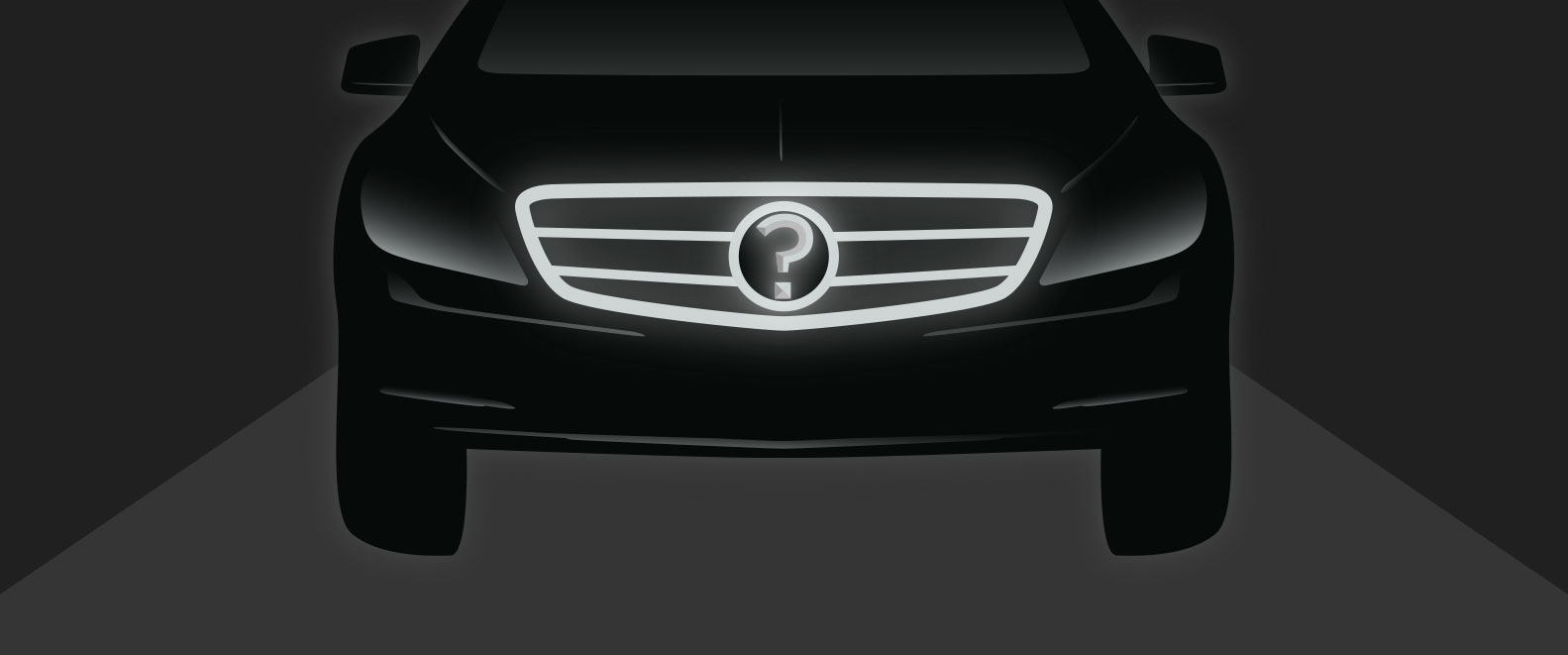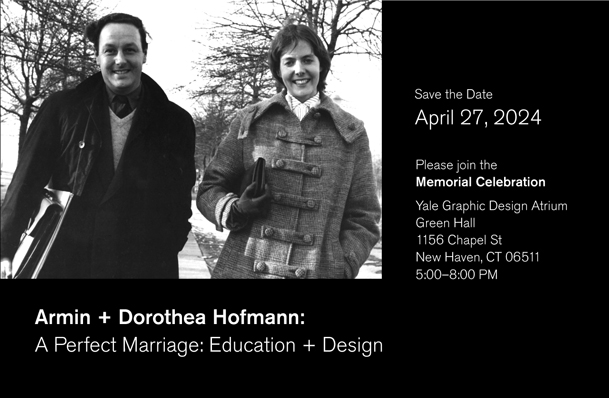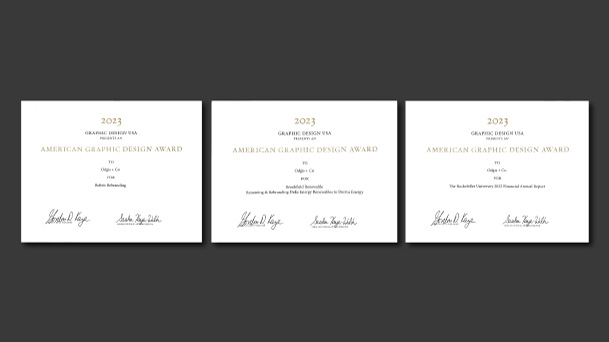Is Your Business A Mercedes?
Huffington Post
9/16/2015Imagine that your business is a car. Which model is it? Is the engine well-tuned, the driving experience comfortable, is it made as well, and are the components guaranteed to last for years? Can you perform like a Mercedes?
When it comes to buying a car, people often opt to spend less money on a mid-level vehicle, which looks very similar to a Mercedes from the outside. But is it the same?
When it comes to buying a car, people often opt to spend less money on a mid-level vehicle, which looks very similar to a Mercedes from the outside. But is it the same?
Where Is the Value?
When it comes to branding, a lot of clients believe they can save money on a logo, website and supporting materials. Sure, they might end up with a product that functions—but will that product truly differentiate them in a way that translates into ROI?
There are so many choices and directions when it comes to creating a logo and brand, but clients should ultimately be concerned with devoting their resources to a Mercedes-like design experience. The reasons are simple. Branding professionals:
· Save clients time
· Save clients money, because good branding endures
· Save on client stress, because they know what they're doing
Your branding needs to express your true identity, which is not just another commodity in today's world. It must be discovered through research and deep introspection among all stakeholders.
Here's a famous example of this principle in action. In 1986, Apple co-founder Steve Jobs asked famous graphic designer Paul Rand to design a logo and brand identity for his new computer company, Next. Rand agreed to do so, on terms that would have made most clients panic: $100,000 for the logo, along with a brochure explaining the brand. Speaking later about his interaction with Rand, Jobs said: "I asked him if he would come up with a few options, and he said, 'No, I will solve your problem for you and you will pay me.'" Rand created solutions.
There are so many choices and directions when it comes to creating a logo and brand, but clients should ultimately be concerned with devoting their resources to a Mercedes-like design experience. The reasons are simple. Branding professionals:
· Save clients time
· Save clients money, because good branding endures
· Save on client stress, because they know what they're doing
Your branding needs to express your true identity, which is not just another commodity in today's world. It must be discovered through research and deep introspection among all stakeholders.
Here's a famous example of this principle in action. In 1986, Apple co-founder Steve Jobs asked famous graphic designer Paul Rand to design a logo and brand identity for his new computer company, Next. Rand agreed to do so, on terms that would have made most clients panic: $100,000 for the logo, along with a brochure explaining the brand. Speaking later about his interaction with Rand, Jobs said: "I asked him if he would come up with a few options, and he said, 'No, I will solve your problem for you and you will pay me.'" Rand created solutions.
The Courage to Change Things
Jobs understood that design has value and that professional designers can be trusted to come up with an interesting and surprising answer to a branding conundrum, rather than waste time and energy producing a scattershot of options. What Rand produced was a premium product, similar to a high-performance car. When he returned to Apple later in his career, Jobs reinforced the idea of design as an important differentiator; his highly stylized phones and laptops became global blockbusters.
Some clients can get away with hiring the creative equivalent of a junior designer, or by doing their own branding, but they are relatively few and far between. Prepackaged templates are commonly used and inexpensive, but they won't make you stand out from the crowd.
Most industries are hyper-competitive, and companies need every advantage in order to succeed; a logo and brand are invaluable. Steve Jobs could spend $100,000 on the NEXT logo but no matter what your firm's financial situation, the money spent on premium branding is often a good investment.
Some clients can get away with hiring the creative equivalent of a junior designer, or by doing their own branding, but they are relatively few and far between. Prepackaged templates are commonly used and inexpensive, but they won't make you stand out from the crowd.
Most industries are hyper-competitive, and companies need every advantage in order to succeed; a logo and brand are invaluable. Steve Jobs could spend $100,000 on the NEXT logo but no matter what your firm's financial situation, the money spent on premium branding is often a good investment.
Knowing the Difference
During the process, the client should resist any impulse to micro-manage the brand's creation—designers devote their professional lives to defining clients' identities, and they know what they're doing. You wouldn't dream of going to a surgeon and giving them specific instructions about how to perform an operation.
At the same time, the creative team should listen to the client's story and respond to any reactions and vision. During the discovery process, all participants drill down into the essence of the company and its vision.
In general, the designers' work will raise the client's identity to the next level. For clients, here's the big question: What is the value of your company? How do you bring that to life in the hearts and minds of the audience? And why does that matter?
What Is Quality Worth to You? Is Your Business a Mercedes? article by Janet Odgis, originally posted in the Huffington Post Blog.
At the same time, the creative team should listen to the client's story and respond to any reactions and vision. During the discovery process, all participants drill down into the essence of the company and its vision.
In general, the designers' work will raise the client's identity to the next level. For clients, here's the big question: What is the value of your company? How do you bring that to life in the hearts and minds of the audience? And why does that matter?
What Is Quality Worth to You? Is Your Business a Mercedes? article by Janet Odgis, originally posted in the Huffington Post Blog.



